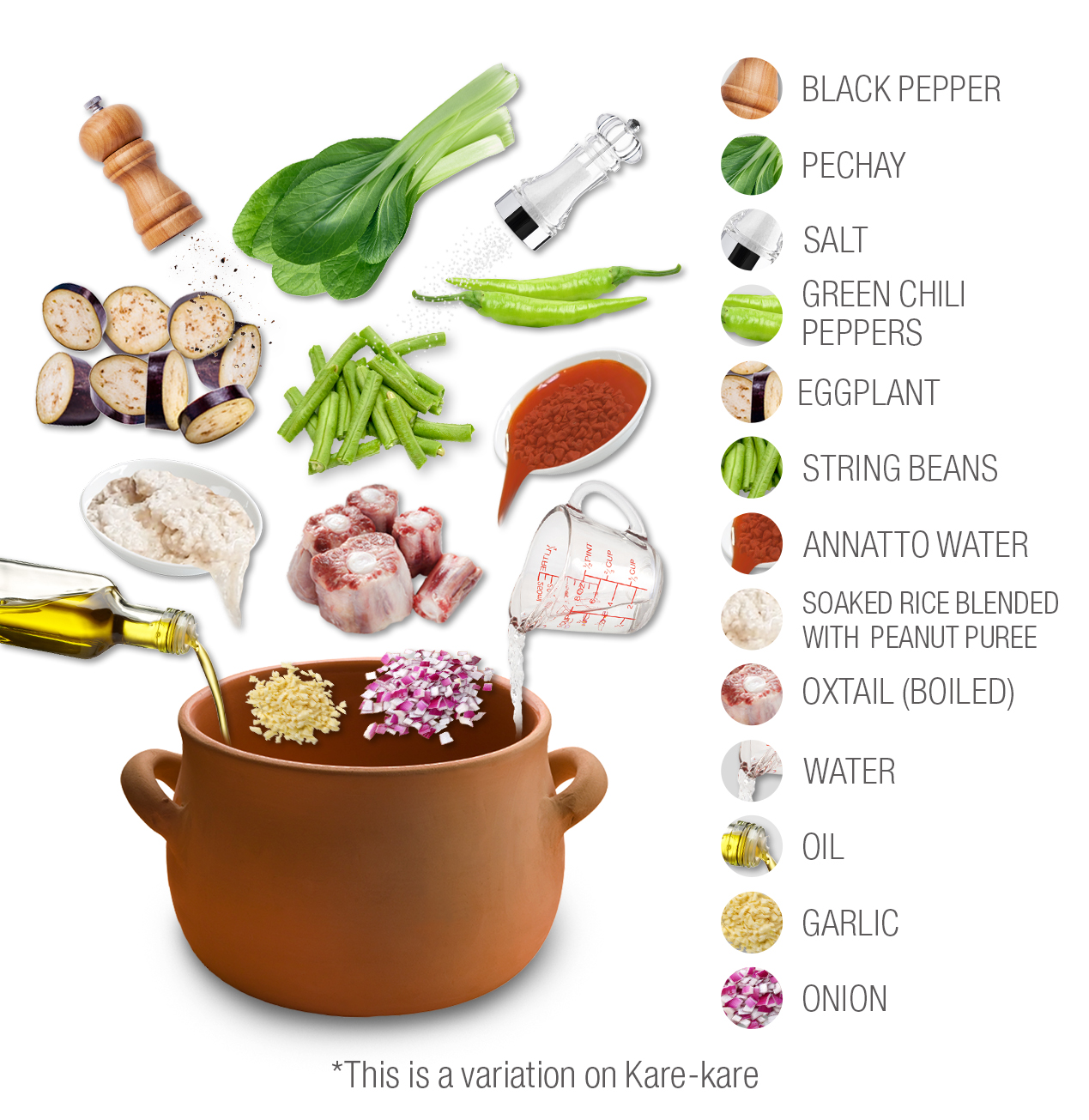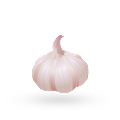MAIN INGREDIENTS
Kare-kare is a traditional stew consisting of meat such as tripe, pork leg, ox tail, goat or chicken, vegetables, and a thick, savory peanut sauce flavored with annatto seeds. Shrimp paste (bagoong) is often served on the side in order to enhance the flavors of the dish.
Kare-kare is traditionally cooked in a clay cooking pot known as palayok, and the vessel also acts as a serving bowl once the dish is properly cooked. Nowadays, it is often served at numerous Filipino festivities. Some believe that kare-kare has origins in the Pampanga region, while others claim that the name of the dish is derived from the Indian word curry, and that it was introduced to the Philippines by Indians from the Rizal province.
Pancit is a staple Filipino dish found at numerous feasts and celebrations, consisting of stir-fried noodles with meat and vegetables such as chicken, pork, shrimp, celery, carrots, onions, garlic, and cabbage. The dish has Chinese origins, and the name of the dish is derived from the Hokkien phrase pian i sit, meaning something convenient, cooked fast.
Over time, pancit evolved and became a signature Filipino dish, so today, there are numerous variations of pancit such as pancit canton and pancit bihon. Egg noodles are used for pancit canton, while thin, translucent rice noodles are used for pancit bihon.
VARIATIONS OF Pancit
MAIN INGREDIENTS
Pancit palabok is a traditional dish consisting of thin rice noodles doused in a creamy shrimp-infused sauce and complemented with various toppings such as hard-boiled eggs, pork cracklings, shrimps, pork, fish flakes, and scallions. This classic is one of the most famous varieties of the traditional pancit dishes and it is considered to be an authentic Filipino invention, unlike other Chinese-influenced versions.
Even though it is commonly prepared at many Filipino households, this national favorite is typically prepared for special and festive occasions.













